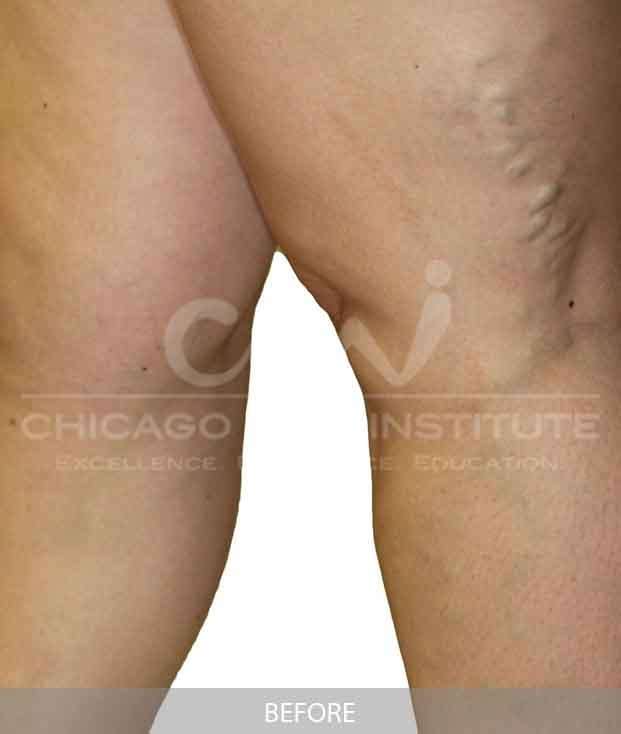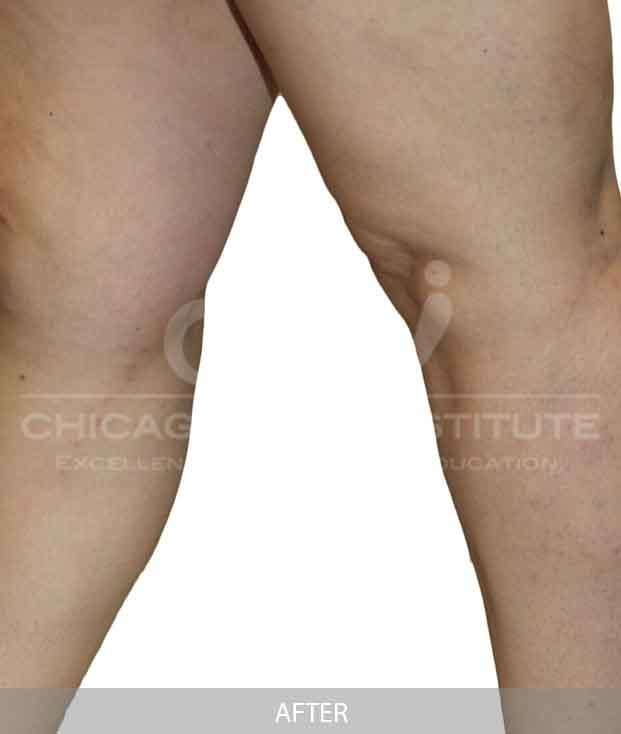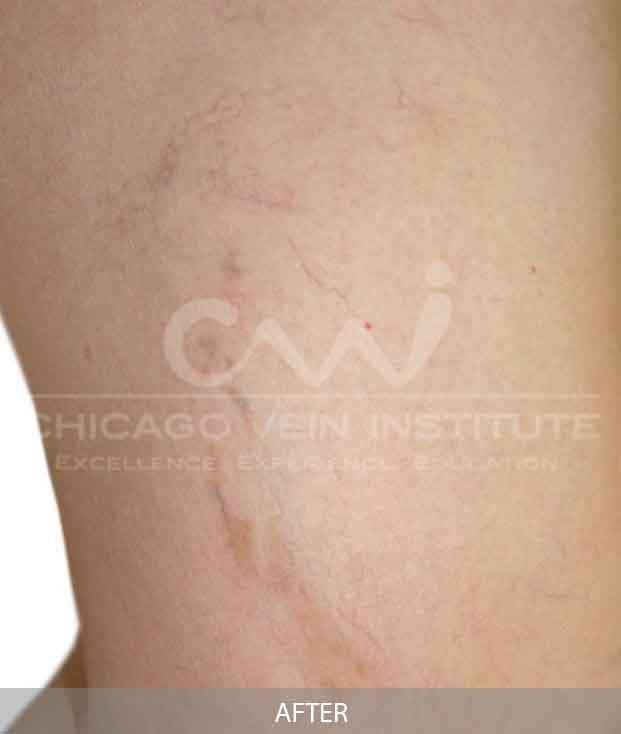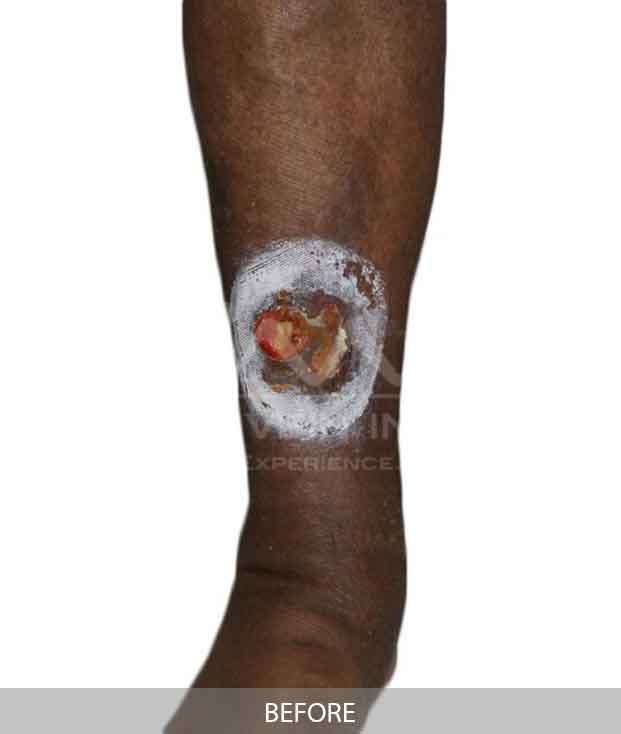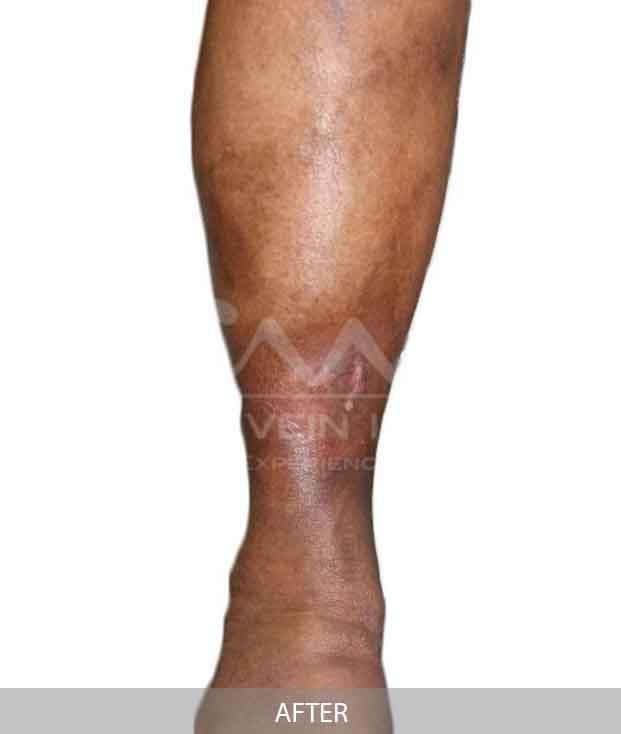Risk Factors for Vein Disease
Varicose, spider veins and other vein problems are very common and can affect anyone. Although there is not one specific cause of varicose veins, there are various risk factors that increase your likelihood of developing these vascular conditions.
Heredity
People with a family history of varicose and spider veins are significantly more prone to these conditions. About half of all people who have varicose veins have a family member who has them as well.
Age
Varicose veins are common in patients between the ages of 18 and 35. As you get older, the valves in your veins might weaken, therefore increasing risk of developing varicose veins.
Obesity
Everyone understands that obesity is often associated with longterm health issues. And being overweight also puts extra pressure on veins, increasing your risk of developing varicose veins.
Gender
Women are at greater risk of developing vein disease due to hormonal changes that occur during puberty, pregnancy, and menopause. Birth control, containing estrogen and progesterone also increase vein disease risk.
Inactivity
People who sit or stand for a prolonged period of time due to their daily activities are more susceptible to varicose veins. Lack of movement forces your veins to work harder to pump blood back to the heart.
Pregnancy
During pregnancy there is more blood in the body, causing veins to enlarge. The hormones released in a woman’s body during pregnancy can weaken vein walls, which can lead to valve dysfunction and blood pooling.
Trauma
Any trauma to the leg, due to a recent surgery or an injury, could cause your valves to malfunction. There are other factors of a person’s lifestyle or biology that may contribute to the development of varicose and spider veins.
These include:
- Incompetent perforating veins
- Arteriovenous communication
- Vein wall weakness
- Vein wall metabolic syndrome
- Post thrombotic syndrome
- Superficial thrombophlebitis
- Deep vein thrombosis
- May-Thurner Syndrome
Stop Putting Up With Unhealthy Veins
Healthy, beautiful, pain free legs start with a single step.
Common Forms of Vein Disease
Varicose Veins
Varicose veins are swollen, dark blue or purple blood vessels. They often look like twisted cords, and usually appear on the calves, inside of the legs, and ankles. Symptoms of varicose veins include painful, heavy, tired legs that swell, cramp, throb and feel restless or seem to ‘burn’. The routines to cover up embarrassing veins are a daily struggle. And what they are telling you could be more than ‘skin deep’.
Spider Veins
Spider veins, or telangiectasias, are small, thin, blood vessels visible beneath the skin. They appear most commonly on the face, thighs, and feet, and may look like a series of lines, tree branches, or a spider web shape with a dark center. Usually considered cosmetic, spider veins can show symptoms of a burning sensation or a dull, throbbing pain, and can lead to varicose veins and more serious complications.
More Conditions
Varicose veins and reticular veins are progressive diseases. Spider veins very often occur in conjunction with varicose veins. You can experience pain when simply standing or walking, develop sores on or near a varicose vein and your feet and ankles may swell. Left untreated, vein disease can lead to bloodclots, skin discoloration, phlebitis, venous statis ulcers, lipodermatosclerosis, atrophie blanche.
North Center
2333 W. Irving Park Rd.
Chicago, IL 60618
*Free Parking Behind Building
Portage, IN
6050 Sterling Creek Rd.
Portage, IN 46368
219.212.0188
*Free Parking Available
See Portage Indiana Office Hours
Chicago Vein Institute is a practice solely dedicated to the diagnosis and treatment of vein diseases. The experts at CVI perform the latest and most effective treatments for painful varicose veins, spider veins, and other vein-related disorders. CVI offers minimally invasive treatment options, including Endovenous Laser Ablation (EVLA), Ambulatory Phlebectomy, Ultrasound-Guided Sclerotherapy, Surface Sclerotherapy, Elastic Compression Stockings and wound care for venous ulcers, performing more than 11,000 vein-related procedures annually. Same-Day appointments and multi-lingual team members standing by to assist.

